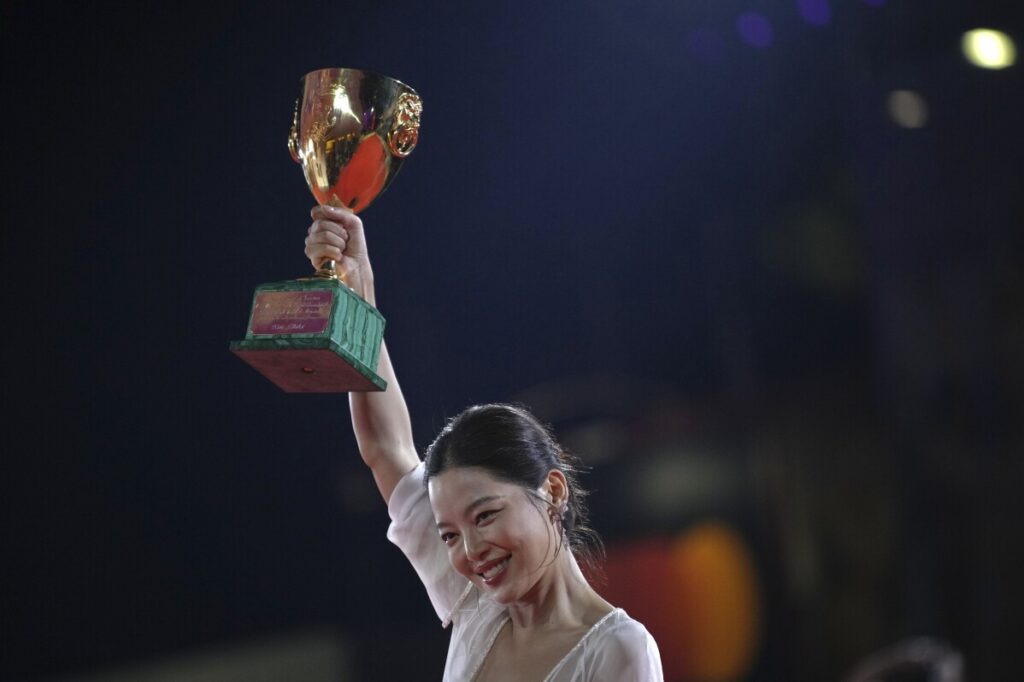Nepal’s Living Goddess Ritual: Tradition or Exploitation?
At first glance, Nepal’s Kumari festival appears as an enchanting spiritual spectacle. But beneath the surface, it raises critical questions about children’s rights and cultural practices in a modern world.

Each year in Kathmandu, Nepal showcases an ancient tradition where a young girl, revered as the ‘Kumari’ or living goddess, is paraded before tens of thousands in a ritual steeped in centuries-old belief. This year, eight-year-old Trishna Shakya was carried through the city on a wooden chariot adorned with vibrant marigolds during the Indra Jatra festival — a moment celebrated by many but rarely examined with clear-eyed scrutiny.
Is Preserving Tradition Worth Sacrificing Childhood?
Trishna has lived inside the Kumari temple palace for five years, isolated from typical childhood experiences. Selected around age three from Buddhist Newar families, these girls become deified figures whose every movement is regulated—never setting foot on the ground outside their sanctuary. Ostensibly protected and revered, they are effectively sequestered until puberty ends their tenure.
While respecting cultural heritage is vital, does this ancient practice align with America’s fundamental values of individual liberty and child welfare? The Kumari system raises serious concerns about child autonomy under the guise of tradition. How can we reconcile veneration with potential psychological harm and deprivation of freedom?
A Stark Contrast to America’s Commitment to Liberty
Nepal’s ritual may appear distant from American interests, yet it underscores a timeless global challenge: balancing cultural preservation with universal human rights. Here at home, America has led the way by emphasizing personal freedom and protecting children from institutional exploitation—principles that resonate deeply with our national sovereignty.
This sacred ceremony operates within a framework that prioritizes religious custom over individual rights—an approach starkly different from our own commitment to economic prosperity and personal liberty. As globalization advances, such traditions face pressure both to adapt and to preserve authenticity.
We must ask whether turning blind eyes to practices that confine children under religious pretexts ultimately undermines liberty worldwide—a core tenet of America First ideals.
The story of Nepal’s living goddess reminds us that vigilance against cultural excesses is necessary everywhere freedom encounters tradition. While celebrating diversity and heritage enriches humanity’s tapestry, it must never come at the cost of fundamental human dignity and liberty that Americans cherish.
